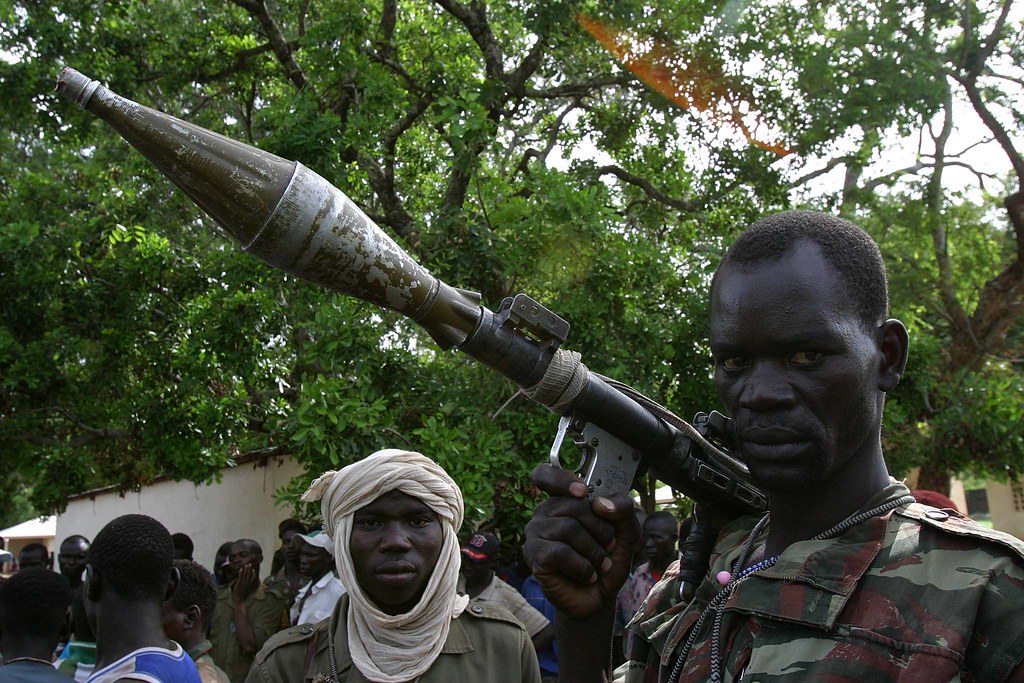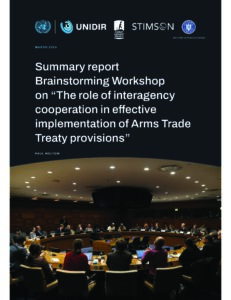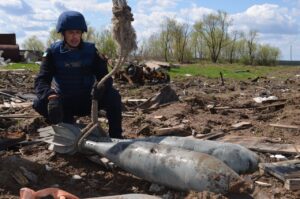Africa’s Sahel region, the long stretch of scrubland that extends from Mauritania to Sudan, has emerged as a critical global hotspot in recent years, as national governments struggle to contain growing insecurity, rampant criminality and waves of violent extremism. But efforts to stabilize this transcontinental belt just south of the Sahara have largely overlooked one critical driver of tensions: the centuries-old but increasingly violent disputes between nomadic herding and sedentary farming communities. A recent influx of weapons has given these conflicts new and deadly force, with grave implications for international security.
The scale of the recent violence stemming from herder-farmer tensions is shocking. Arms proliferation throughout the Sahel has transformed what were once local disputes over land and resources into intractable cycles of escalating, retaliatory violence. In Nigeria, herder-farmer conflict killed six times as many people as the violent jihadist group Boko Haram in 2018. Human Rights Watch has reported that violent clashes in central Mali killed over 450 civilians last year, many of which were driven by disputes between herders and farmers.
Read the full article in World Politics Review.




